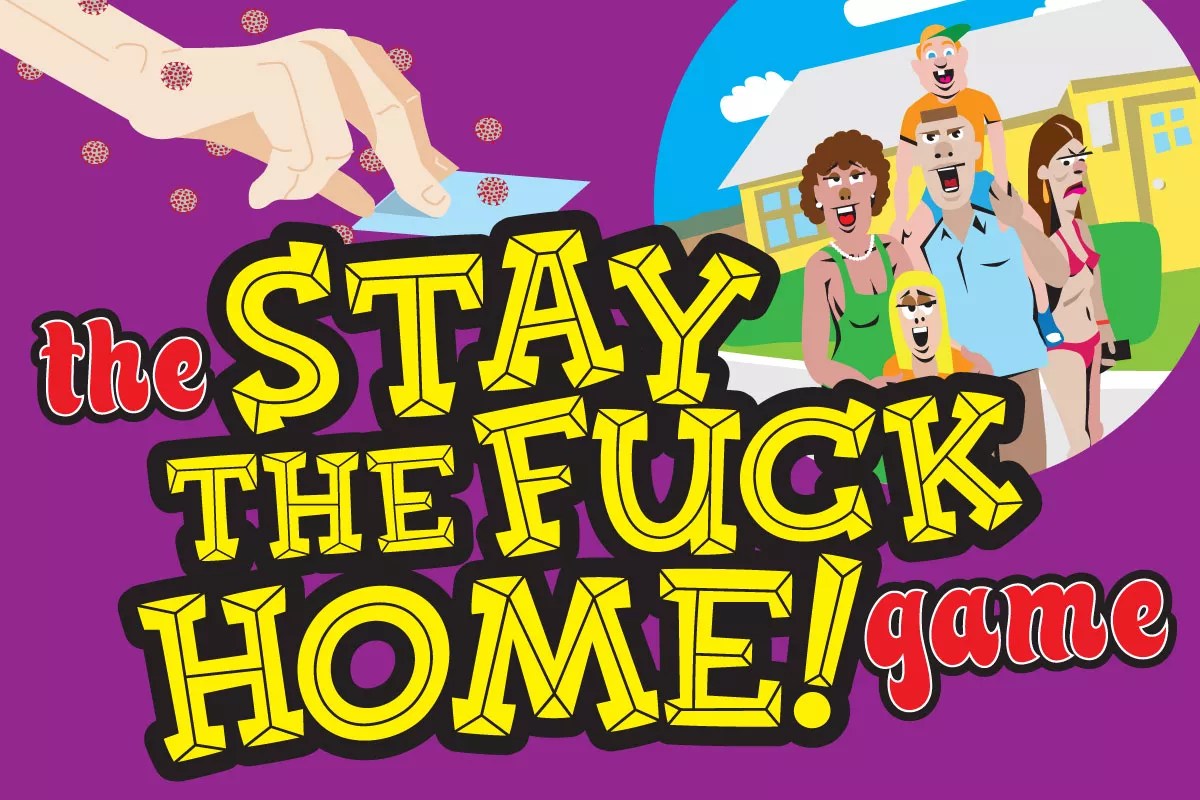

Audio By Carbonatix
Playing the Stay the Fuck Home Gameâ„¢ is simple and fun for the whole family!
All you need is a single die and a unique game piece for each player. (Any old bauble will do.)
Print out the board, then assemble the tiles so they fucking make sense. Cut out the Unwashed Hand of Chance cards, and stack ’em where the game board says to.
To start the game, all players put their game piece at HOME. Each player, in turn, rolls the die and moves that number of steps on the path toward their desired destination.
Miami, make your New Year’s Resolution Count!
We’re $16,000 away from our End-of-Year campaign goal, with just a five days left! We’re ready to deliver — but we need the resources to do it right. If Miami New Times matters to you, please contribute today to help us expand our current events coverage when it’s needed most.
Or not. You see, each player has the option of passing on their turn and Staying the Fuck Home and reading a book, watching Netflix, learning a craft, practicing guitar, applying for jobs, trolling people on Reddit, or doing whatever the fuck they want to do.
When a player who declines to Stay the Fuck Home arrives at their destination, they pick the top Unwashed Hand of Chance card, which reveals their fate.
The object of the game is to stay alive and not infect your loved ones.
Good luck!
Download your very own printable and playable copy of the Stay the Fuck Home Gameâ„¢ here!
¡Descarga tu propia copia imprimible y jugable del Stay the Fuck Home Board Game en españolâ„¢ aquí!